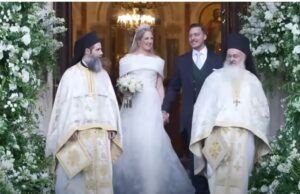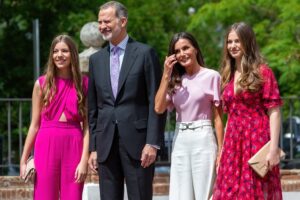CAMILLA REMOVED DIANA
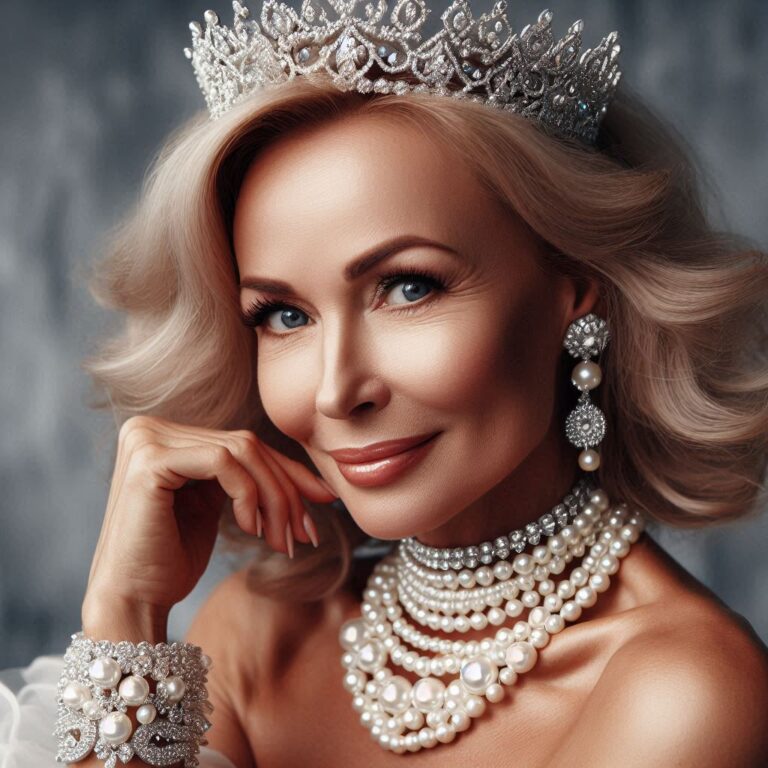
BY LADY ARGLWYDDES AWBREY
The statue of Princess Diana with two children stands as a poignant tribute to her enduring legacy and her profound connection with children and humanitarian causes. Commissioned to capture Diana’s compassionate spirit, the statue symbolizes her lasting impact on the world. The two children depicted alongside her represent the countless lives she touched through her charitable work and her role as a devoted mother.
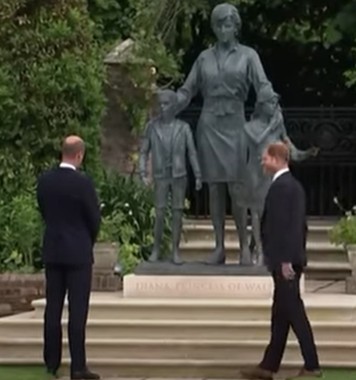
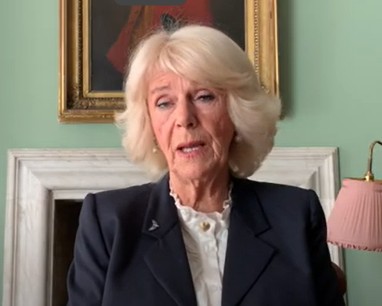
However, the decision by Queen Consort Camilla Parker Bowles to remove the statue sparked considerable controversy. Many perceived this move as an attempt to erase or diminish Diana’s memory, particularly given the complex history involving Diana, Camilla, and Prince Charles. The removal provoked public outcry, with many expressing disappointment and anger over what they saw as a disrespectful act against a beloved figure.
Supporters of Camilla argued that the decision was not intended to undermine Diana’s legacy but rather to prevent reopening old wounds and to help the royal family move forward. They emphasized that Camilla has faced her own challenges in gaining public acceptance and that her actions aimed to foster unity within the royal family. Nonetheless, the statue’s removal remained a deeply divisive issue, highlighting the intricacies of royal family dynamics.
The controversy raised broader questions about how the royal family manages the legacies of its members. Princess Diana remains an iconic figure, cherished by many for her kindness and humanitarian efforts. This situation underscored the ongoing struggle within the royal family to balance honoring past members while looking to the future, as well as the sensitivity required in dealing with the legacies of such influential figures.
In the wake of the statue’s removal, there were widespread calls for it to be relocated to a public space where it could be appreciated by those who admired Diana. Many felt that the statue deserved to be displayed prominently as a reminder of her contributions and the love she inspired. This debate evolved into a larger discussion about how best to honor Diana’s memory, respecting both her legacy and the feelings of those who cherished her.
Ultimately, the removal of the statue of Princess Diana with two children by Queen Consort Camilla Parker Bowles remains a contentious topic. It reflects the complexities of royal family dynamics and the enduring impact of Diana’s life and legacy. As the royal family navigates these challenges, the public’s deep attachment to Diana’s memory serves as a powerful reminder of her lasting influence and the importance of preserving her legacy with care and respect.
Adding personal anecdotes or stories from those who knew Diana or were touched by her work could further enrich this narrative, illustrating the profound connection she fostered with individuals and communities alike. For example, stories of her visits to children’s hospitals or her advocacy for landmine victims would highlight her dedication and the tangible ways she made a difference in people’s lives.

